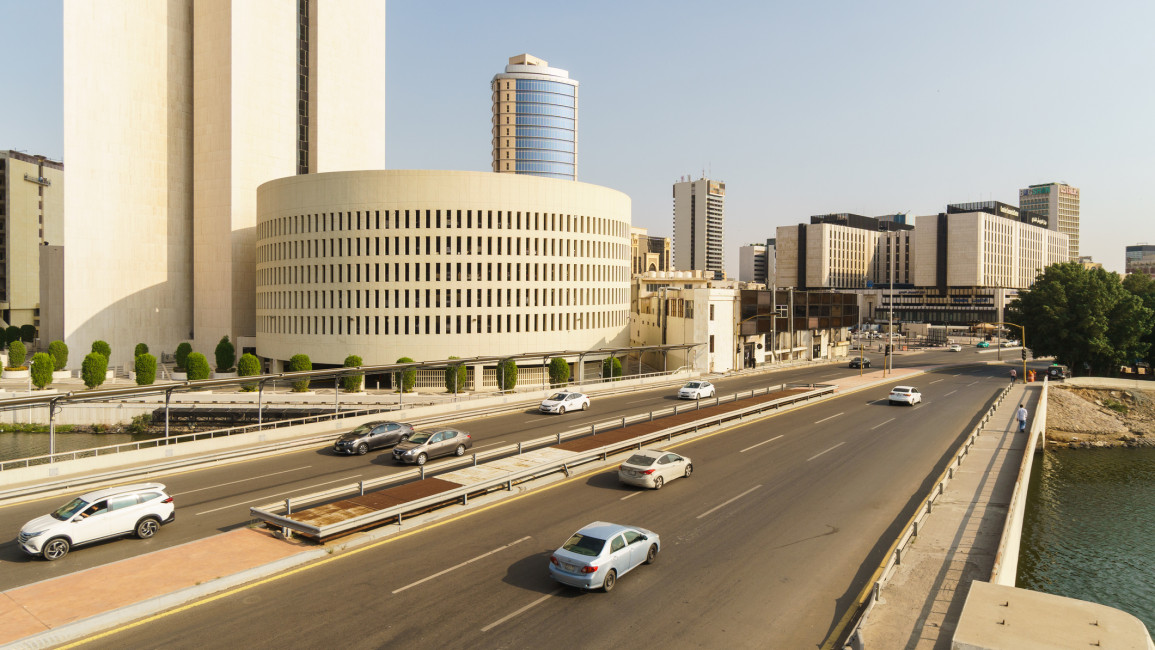Resource-rich Central Asian and Gulf states meet in Saudi Arabia in 'independence pivot'
Officials from five resource-rich Central Asian states have joined the 18th GCC consultative meeting in the Saudi city of Jeddah, in a bid to improve strategic cooperation and economic investments between the two regions.
Kazakhstan, Tajikistan, Turkmenistan, Uzbekistan and Kyrgyzstan presidents - informally known as the C5 - arrived in Jeddah on Tuesday for the summit, which is the first of its kind and hopes to boost trade between the two regions which stood at $3.1 billion in 2021.
Saudi Arabia’s foreign ministry stated that the summit showed a "commitment to establishing an ambitious future strategic partnership between their countries, through a joint action plan in the areas of political and security dialogue, and economic and investment cooperation".
President Tokayev's working visit to the Kingdom of Saudi Arabia starts with a visit to the Al-Masjid an-Nabawi Mosque https://t.co/Il6Zyn2PNy
— Erzhan Kazykhan (@ErzhanKazykhan) July 18, 2023
Saudi Arabia also affirmed the shared Islamic heritage of the participating countries with Kazakh President Kassym-Jomart Tokayev’s visiting Al-Masjid al-Nabawi Mosque (the Prophet Muhammad's Mosque) in Medina before heading to Jeddah.
The participants agreed on a Joint Action Plan for Strategic Dialogue and Cooperation between 2023 and 2027, which was laid out last September when C5 foreign ministers met with members of the GCC in Riyadh.
This aims at greater political, security, trade, investment, and cultural engagement between the two regions.
The countries are all trying to diversify their economies away from resource extraction and to create investment opportunities abroad.
Currently, Kazakhstan is one of the leading producers of uranium in the world, with a yearly production volume of between 18,000 and 20,000 tons of uranium.
Kazakhstan also contains other mineral reserves, with official estimates showing that the country’s reserves also hold 13 percent zinc, 10 percent lead, 10 percent iron ore, 5.5 percent copper and 30 percent of the global reserves of chrome ore.
Kyrgyzstan's National Development Strategy looks at executing its diversification plan by 2040, and Kazakhstan by 2050 - strategies akin to Saudi Arabia's Vision 2030.
Analysts have noted that countries in the two blocs are looking for new partnerships and assert a more independent diplomatic and economic agenda away from traditional powers - such as the US for the Gulf and Russia for Central Asia.
Many are looking to China, which has sought to invest heavily in Central Asian economies, while also increasing its cooperation with Gulf states.


![President Pezeshkian has denounced Israel's attacks on Lebanon [Getty]](/sites/default/files/styles/image_684x385/public/2173482924.jpeg?h=a5f2f23a&itok=q3evVtko)



 Follow the Middle East's top stories in English at The New Arab on Google News
Follow the Middle East's top stories in English at The New Arab on Google News


